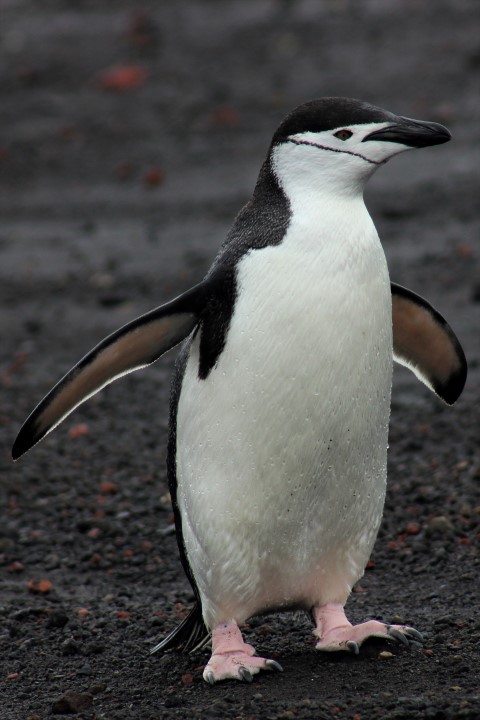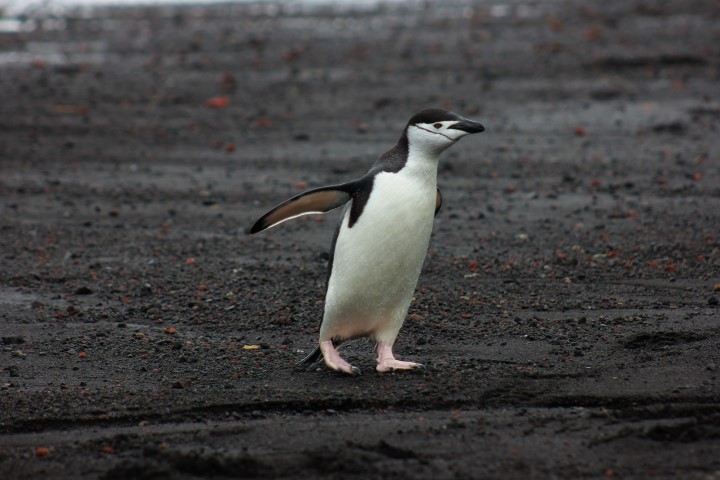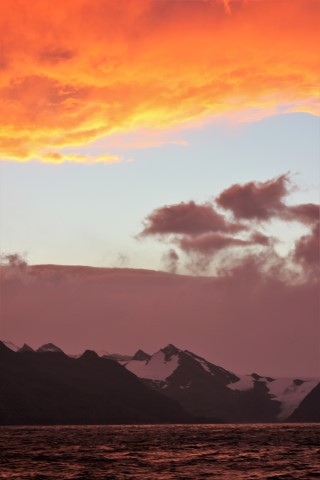Back To Normality
28/01/2018
In the end we had a very brief (16 hour) stop in Rothera before flying over to Punta and then back to the UK. I'm now back at my desk in Cambridge preparing for the next adventure. I have a few in the calender for May and July. This time, though I won't be in Antarctica... I'll be at the opposite end of the earth, in the Arctic! I'll be back on here then!
Down the Peninsula
22/01/2018
This is one of the most beautiful parts of Antarctica with mountains, islands, volcanoes and ice. The ship stopped on Deception Island the other day. This volcanic island was the site of the former British "Base B", which was evacuated by BAS for the third and final time in the 70s. Some buildings and memorials remain, together with volcanic hot springs.
We are going through several channels now with towering mountains on all sides of us and Orcas swimming off to the side of the ship. Photos will go up soon!
Its all about krill
12/01/2018

Unfortunately, until last night, the fishing hadn't turned up much krill, but that all changed when we came across hundreds of seals and several whales all feeding in the ocean. Once we got the nets off the back we brought up a prize haul of live krill which the scientists excitedly sorted through, counted and carried away to investigate and collect eggs from. Since then our luck has been much better with good hauls on a few occasions. This has resulted in buckets of krill on the floor in the cold room because we have no tank space left.
A brief stop in South Georgia
07/01/2018
Most of the day (for me) was spent fixing and testing equipment in the calm waters of the bay. Meanwhile, others calibrated the ship's echo sounders and planned for the up-coming nights, that plan being to go fishing and catch some krill.
Science on the move
06/01/2018
As I write this South Georgia is outside the window looming on the horizon with banks of clouds hovering over its peaks. At some point we will stop in one of its natural harbours to calibrate instruments out of the wind and the waves.
Science Begins in Earnest
04/01/2018
Some science has started too with the first mooring being removed. A mooring is just that, a float with a long trailing cable under it. Experiments can then be deployed at selected depths. The mooring site is about 500m below the surface to avoid any shipping. When we need to recover it, the ship sends a signal out into the water and up it floats. With this now on board the main science stage has begun.
Christmas in the Falkland Islands
27/12/2017
We have managed to escape the confines of the military base a few times though, with walks down to Bertha's Beach where the wildlife flies around the coast (Pictures later this week). It took us three trips before we saw the real attraction though, Gentoo Penguins! Only a few more days here with fuel refills and a bit more cargo, then we go into the open ocean!
The image attached I called "Biologists in their native environment"
A few days In Chile
23/12/2017
Punta is a nice little town, with some nice food, (if you like steak or seafood) and some nice history. You can drink in Shackleton's favourite bar, read about why Punta matters to Antarctic exploration and see historic bases for many national Antarctic Programmes.
As I write this, we are in open ocean heading towards the Falkland Islands.
Only a week to go
06/12/2017
As ever if anyone wants to e-mail me the address can be found on the contact page, you can also find a link to my Instagram there, where I will try to put up images regularly.
Back at BAS and going south again
28/10/2017

This trip is to complete my ship training. I will go on a 45ish day science cruise from Stanley in the Falkland Islands, to Punta Arenas Chile. So if I'm going south again I suppose I should start the blog back up. There’s loads of other BAS craziness in the works so I'll try to keep this up-to-date with all the goings on!


















.JPG)
.JPG)
.JPG)
.JPG)
.JPG)